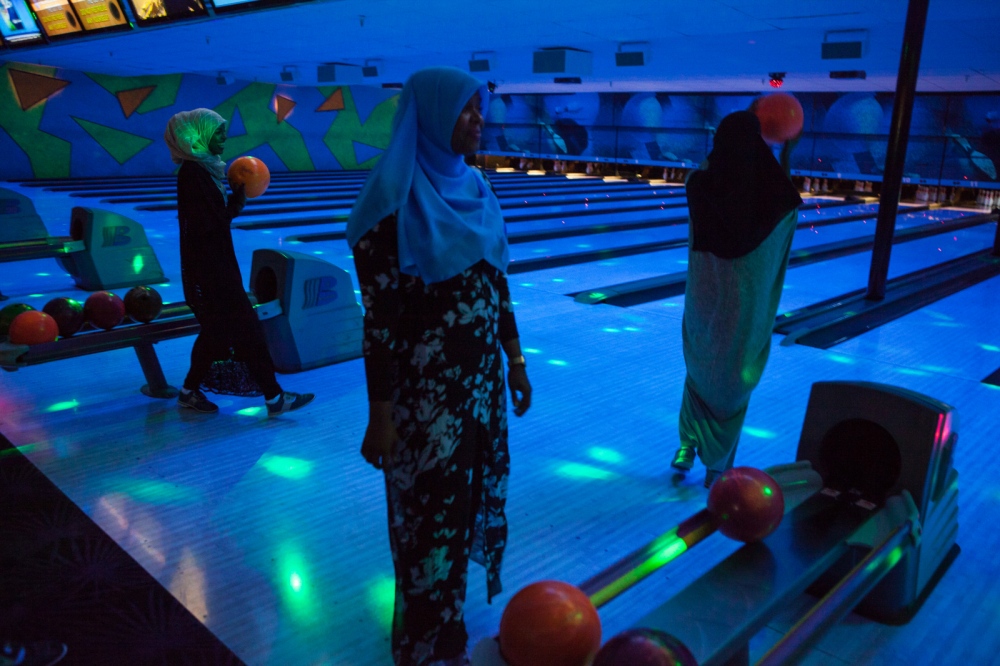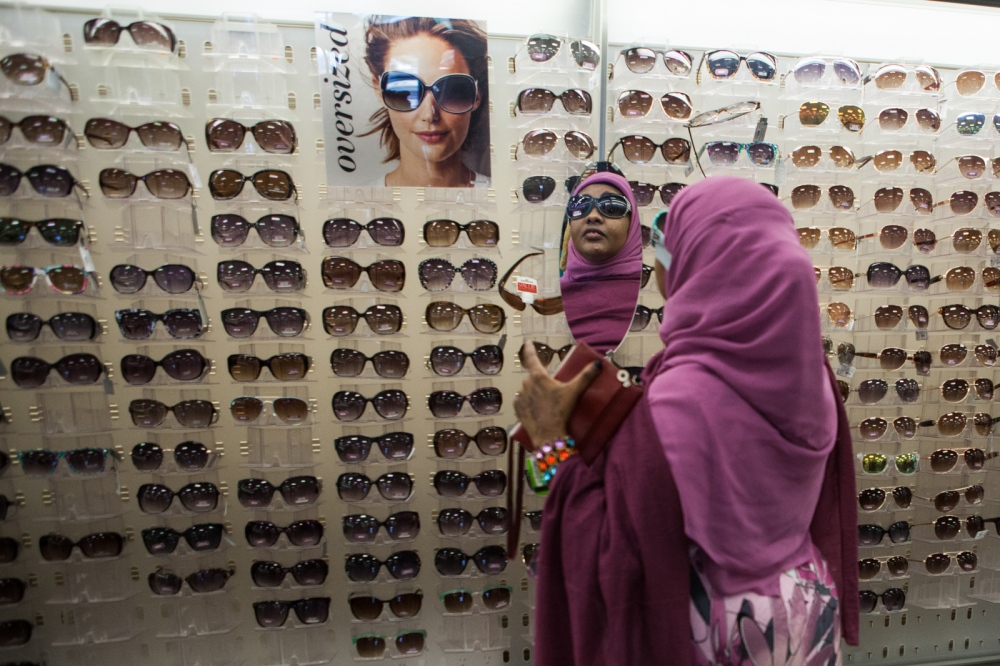On April 19 of 2015, FBI agents burst into the Minneapolis home of 21-year-old Abdirahman Daud and arrested him. He was not alone: seven other Somali-American men from Minneapolis were also detained by federal agents, all of them accused of trying to join or provide material assistance to the Islamic State in Syria. Suddenly this Midwestern city, which is the epicenter of the Somali diaspora, with bustling malls resembling Somalia more than America, was on the map as a hotbed of ISIS recruitment.
Two months later, I relocated to Minneapolis to photograph this unfolding story, focusing on Somali youth as they negotiate the precarious balance between assimilating and preserving their culture, while being scrutinized as a leading source of extremism in the U.S. Recently, I gained access to the friends and families of the ISIS suspects, whom I plan to follow as the May court trial looms.
What exactly pushed these young men over the edge? Was it lack of opportunity or overzealous devotion to religion? Or pressure from friends and social media? This project explores these questions by photographing the Somali community in their day-to-day lives, especially focusing on the youth to conveys the subjects' home lives, relationship with Islam, and how they hang out, play sports and go to school, all under the shadow of suspicion.
As the authorities and Somalis struggle to understand why anyone would turn to extremism, this project can shed light on some of the causes by providing a visual understanding of what life is like for Somalis, and better inform those striving to prevent young people in their communities from going down the same path. These insights could have meaning well beyond Minnesota, as the U.S., Europe, and the Middle East deal with similar issues.
With the proliferation of anti-radicalization programs, it is crucial to ensure that resources and energy are not wasted on targeting Somalis who are not at risk, and generating suspicion where it does not belong. Saciido Shaie of Minneapolis, who runs a youth outreach NGO called the Umma Project, worries that if these efforts are applied too broadly, they could inadvertently fuel radicalization by alienating young people " like her 13-year-old son " who wish to enter American society, not destroy it.
Ultimately, I hope these photos will demonstrate that the typical Somali is no less American than any other Minnesotan. Considering the ongoing national debate about accepting refugees, it is important to show that Somali refugees, in spite of myriad challenges, have become an integral part of the fabric of Minneapolis. As community leader Sadik Warfa put it, "We will not let these arrests define us. We will be defined by our successes and our accomplishments."



































